High pivot bikes: A trend? A feature of function? A bit of marketing hype? Yes to all three. High pivot/idler pulley bikes and mixed-wheel bikes have been the biggest mountain bike trend of 2021. The GT Force is one of those bikes that fits in with the trend as the latest generation has adopted the high-pivot design and incorporated it with the Force’s Horst link.

The GT Force was released in August and I’ve been riding it for a few months now, getting a feel for the enduro bike’s force on the trail. Even though the GT Force doesn’t look like a massive departure from the previous design, there are some substantive differences.
The newest GT Force is a 160/170mm 29er with a carbon frame and an alloy rear end, the latest high pivot hijinks, updated geometry, and internal cable routing. The previous method, likely adored by anyone having to make frequent cable changes and alterations, was called Groove Tube, and used a recessed channel on the top of the down tube to cleanly route the cables.
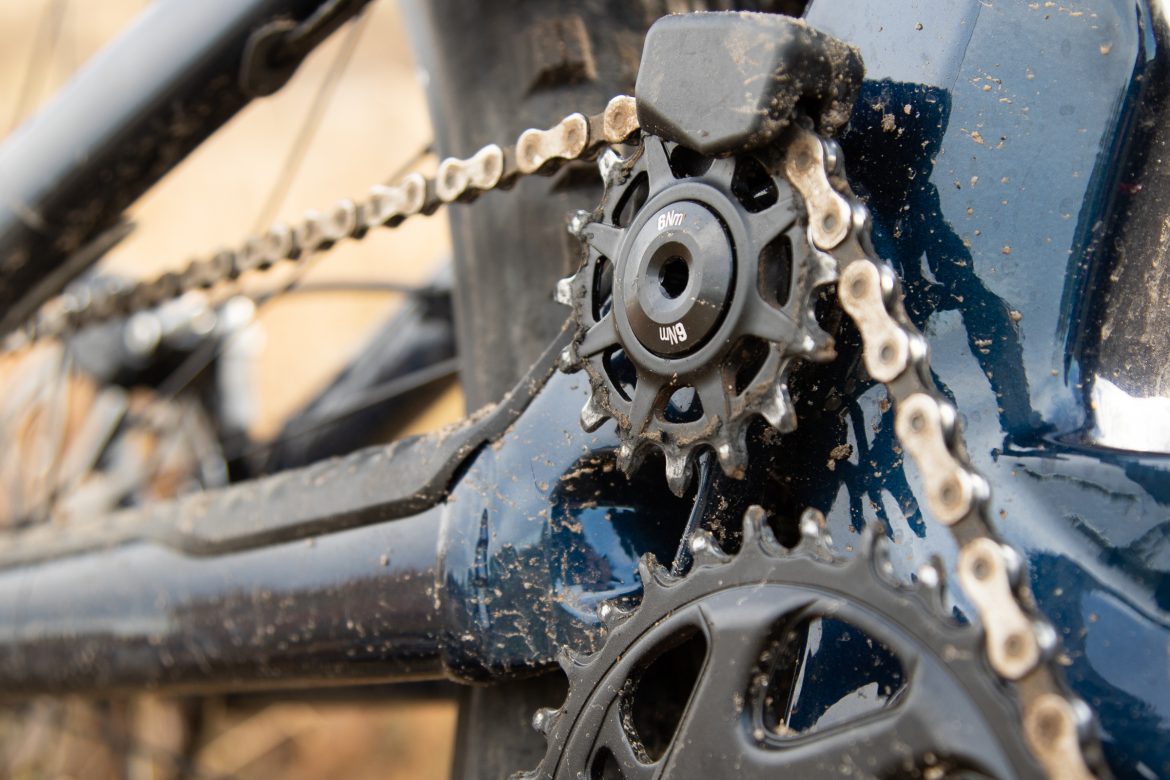

Other features on the GT Force include improved chain stay silencing and protection, and an adjustable chain stay/flip-chip which adds 10mm to the wheelbase.
GT says that they’ve gone with the new high pivot design for a few reasons. High anti-squat is an important characteristic on a long-travel bike because it helps the suspension sag less under acceleration, yet the result is usually a decrease in small bump sensitivity. GT says that they’ve worked this out, along with braking traction, with the new Force. And because long-travel bikes have so much more chain growth than shorter-travel bikes, they utilize an idler pulley above the high pivot to massively reduce that chain growth.
The new design should keep the bike efficient while pedaling and composed when descending over really rough terrain. There’s more to their adoption of the high pivot, so scroll down to the bottom for an interview with GT’s product developer John Barreira.
Geometry

Geometry on the previous medium, 29er version had a fairly long 440mm seat tube length, with a 64.6° HTA, a 76.6° STA, 757mm of standover height, a 1,226mm wheelbase, 442mm chainstays across the board, a 615mm stack height, and a 445mm reach. GT released the Force 29 just a year-and-a-half ago to complement their 27.5-inch version, so the geometry isn’t all that outdated, but there are some notable changes.
The seat tube length is cut down drastically to 410mm on the medium, the HTA is slackened by about a degree to 63.5°, the STA is steepened just a bit more to 78°, the standover is now 730mm, the wheelbase is 1,240/1,250mm, and the chainstays are 435/445mm across sizes. The stack height increased by about 20mm and the reach was increased by 10mm to 455mm.
Build kits
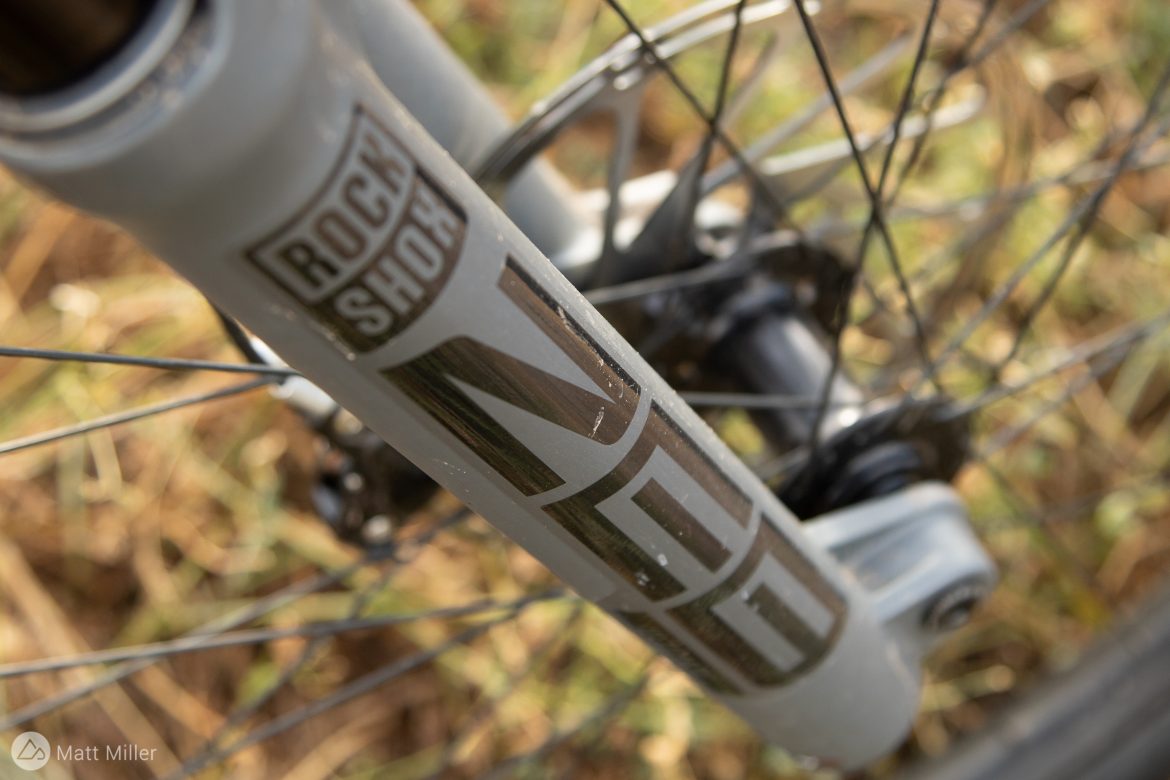

As mentioned, the GT Force is only available in carbon for now. As a frameset it costs $3,300, so it’s probably going to make sense for most people to spend $500 more to get the complete Carbon Elite build, featuring not-so-elite components. The bike gets a RockShox Yari fork and Super Deluxe Select shock with a SRAM SX Eagle drivetrain, TRP Slate T4 brakes, WTB wheels and Formula hubs, alloy GT bars, and the GT DropKick dropper post.
Our Force Carbon Pro LE, which sells for $6,000, features some of these same parts and gets WTB KOM rims with a SRAM MTH rear hub, SRAM Code RSC brakes with 220mm and 200mm rotors front and rear, respectively, a SRAM GX shifter with an XO1 derailleur, and a RockShox ZEB Ultimate fork with a RockShox Super Deluxe Ultimate shock.
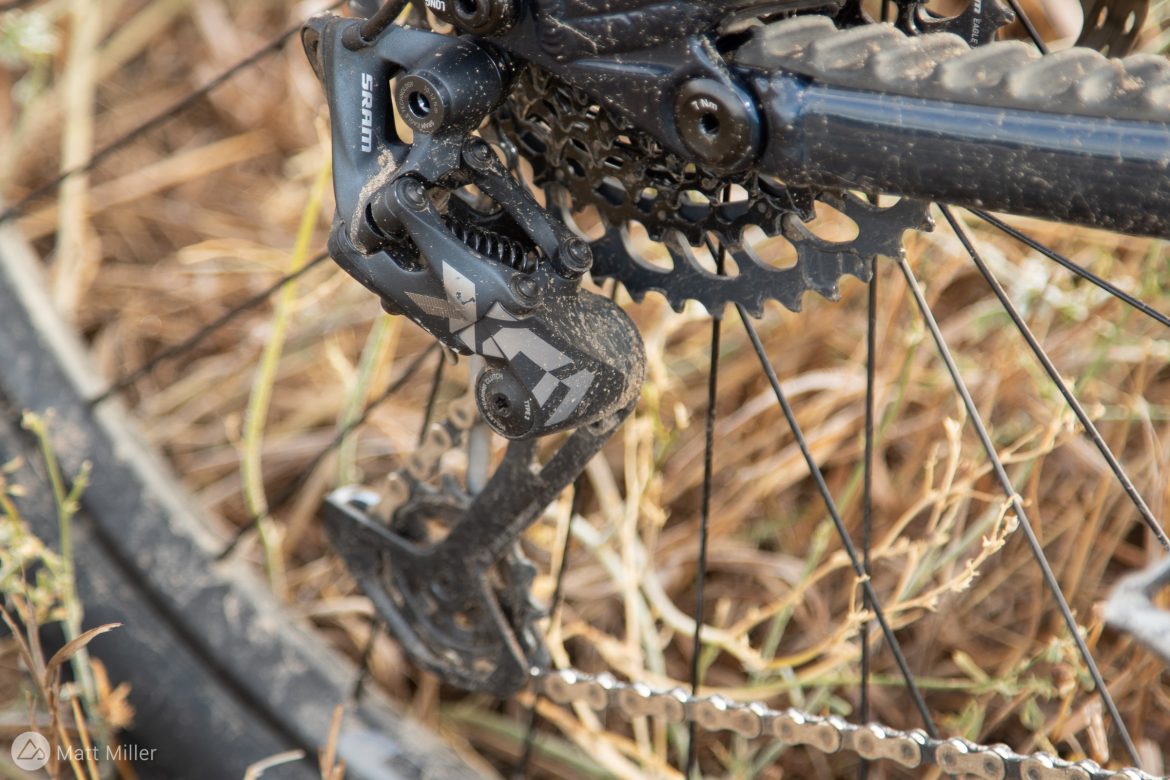

The $5,100 GT Force Carbon Pro is probably the best value since it gets similar RockShox Zeb and Super Deluxe suspension, but with a GX derailleur, an NX shifter, Code R brakes, and WTB rims. GT says that build weighs about 35.9lb.
Climbing

For a 34.5lb bike, I didn’t expect a rocket going uphill, but I did expect decent suspension and geometry to help accomplish the task. After all, this is an enduro bike, and most people are lucky if they live in a place with year-round lift access.
Fortunately, the GT Force was up to the climbing task, and the bike delivered on my expectations. All that idler pulley talk about increasing anti-squat was true. The Force sits nice and high in its travel and though there is pedal bob (I have yet to ride a bike that completely eliminates bob, and that’s OK), it’s pretty minimal. I left the shock open for the whole test and the Force felt fine.
The Force’s suspension does feel efficient, supportive, and balanced with traction for the rocky stuff. For a hefty bike, the Force climbs with a bit of vigor and responds well to pedaling input. The bike can still feel a little cumbersome trying to navigate up technical terrain. The wheelbase is long and it can feel lanky climbing some singletrack.
The seated position on the Force is upright with an on-the-bike feel. I appreciated the steep seat tube angle on the steep climbs around the Front Range. Overall it’s an admirable climber considering the bike’s intentions. The Force isn’t light, but it carries its weight well.
Descending

Of course, the part that we all want to know: how does the Force descend and how does the new suspension layout feel?
I’ve had the Force out at the bike park and on some of Colorado’s rougher Front Range trails. Let’s start with geometry. The Force still has a pretty upright or “on-the-bike” feel when it’s pointed downhill. The standover height doesn’t feel as low as its numbers indicate.
Like a lot of longer bikes lately, the Force calls for an aggressive and forward position, especially if you want to get the most out of its handling. With your weight forward, the bike reacts quickly and feels pretty nimble for its size.

Like most enduro bikes I’ve ridden in the past few years, the Force feels brutish and prioritizes speed, but it feels like one of the more agile, playful, and snappy long-travel 29ers I’ve ridden in a while. The mid-stroke is noticeably supportive when carving corners and dealing with compressions. This gives the bike some pop, and it has a more supportive mid-stroke than many others I’ve ridden in recent years.
Riding the bike at speed over chunk is where you can feel that high pivot and idler working. I’ll make a disclaimer here that I don’t think the high pivot feels like a game-changer, but there’s no doubt that it’s working.
The Force feels nice and cozy charging through rough, rocky terrain and coming off drops. The suspension soaks up big hits really well and it soaks up subsequent hits very well. Again, I don’t think there’s a huge difference between other long-travel bikes I’ve ridden compared to this high pivot, but it does smooth out the rug a bit more. I chatted with GT’s product developer John Barreira about this topic, and he made some interesting points that for some, the added composure over really rocky terrain could be a game changer. While the high pivot design isn’t necessarily new, using suspension platforms other than single pivots is, as he put it, “a departure from the norm.”
After riding the GT Force on a trail one day and feeling comfortable on the bike, I rode the same trail a few days later on another long-travel 29er that doesn’t have a high pivot. I recorded similar descent times and felt just as comfortable on the subsequent bike. This is purely anecdotal, and again, I think the high pivot makes a noticeable difference on chunky descents, but I wouldn’t say it feels outright better or faster in this case.
Component check


For a $6,000 mountain bike, the GT Force left me wanting a hair more out of the build kit. Actually, I was mostly bothered by two components: the dropper post remote and the rear hub.
The dropper post remote is just a piece of hard plastic and the ergonomics could be much better. The remote wings too far upward, bringing the thumb too close to the handlebars and limiting movement. This would be the first thing I’d replace, but only because the next component would be much more expensive.
The SRAM MTH rear hub could also be better for the cost of the Force. The MTH has a loose spec of 21 points of engagement which limits some of this bike’s capability climbing up technical trails.
The handlebars and cockpit are nothing special either—just a GT branded alloy tube with some upsweep. Some might also find the EXO+ tires a bit light on this bike, but as a lighter rider I didn’t have any issues with them.
The good thing though, is that the Force has excellent suspension and the Ultimate shock and fork make a noticeable difference on this bike, as do the 220/200mm brake rotors and SRAM Code RSC brakes. With a bike this capable and fast it was nice to slow it down quickly with minimal effort. These brakes offer good modulation and a chompy bite point at the end of the stroke.
Closing thoughts

The GT Force brings the brand up to speed with the latest in enduro capability. It can tackle big climbs with its supportive suspension and upright seating position, and turned the other way, the bike is composed heading at full speed through fast chunk.
- Price: $6,000 (GT Force Carbon Pro LE tested)
- Available at Jenson USA
Pros and cons of the GT Force mountain bike
Pros
- Composed feel over chunk and high-speed tech
- Supportive suspension
- Agile for a big bike
Cons
- A few components could be better for the price
Interview with GT product developer John Barreira
Why go with the high pivot design?
Realistically, the word that I like to use is ‘control.’ We can control multiple things with the high pivot, as well the rider can control multiple things when they ride the bike. With the high pivot, we’re able to really fine tune that suspension feel.
With the high pivot, we have that slight rearward axle path, but when you blend it with the Horst Link pivot, instead of having a traditional high single pivot and the massive rearward arc of the actual path, it goes back and then comes back.
So when you’re in that 40-60% of your travel and you go to bury that bike into a corner or smash through the lip of the jump, the bike doesn’t feel dead. It still has that platform and poppiness.
What is the coupled nature of the high pivot and idler pulley?
With the high pivot, during your suspension cycle your rear wheel goes backward, thus extending your wheelbase and your rear center length. Because your drivetrain and your chain is down there it would create a growing chain. With the high pivot, you’re basically routing the chain above and keeping it square in terms of chain length.
Through that, you also completely eliminate pedal feedback which is another big thing, especially on the descent. At the end of the day, the idler is there to yes, hold chain slack, but B, eliminate pedal feedback.
It’s a pretty simple system, when you look at it from the grand scheme of things, but what it does to the ride characteristics and ride quality of this bike is in my opinion, on another level.
What drove the development on your end?
There’s a lot of active collaboration with our factory racing team as well as a lot of our athletes and riders all over the world. At the same time, product managers and engineers get to have some of the fun too. We want to make sure that we make cool new bikes for the future and think outside the box and see what GT can deliver in terms of a ride experience to the rider.
We brought the high pivot LTS four bar system to the Fury in 2018 and we saw riders on the downhill circuit kicking ass with the suspension platform. Martin [Maes] took a World Cup, saw a bunch of podiums, and we saw more racers doing well and loving the suspension platform.
So bringing that bruiser-feeling suspension platform but still having the nimbleness of the Sensor or Force, really combining that downhill prowess and trail bike efficiency for the Force carbon, kind of set the tone on how we went about on development there.
How much weight would you say it adds to the frame?
It’s not much. Maybe less than 100 grams? All it is, is one little steel or aluminum idler and then a bearing and a little C-ring and a bolt. It’s really not all that much going on.
Looking back at the whole development process, the old Force carbon frame that was a traditional LTS, our frame weight was somewhere in the mid-three-KG range and the Force Carbon with Idler is now a 29er. Versus the 27.5 bike, the [new frame] with idler is still 200g lighter, so we cut a ton of weight out on a much bigger frame.
Are there any negatives to the design?
Not in my opinion and not from what we’ve found. I think to some people, the look might be polarizing, and some people might have a sense that, “Oh it’s an idler pulley, there’s much more maintenance.”
There’s no added maintenance. When you check your bearings, check your idler bearing. When you replace your drivetrain, after 2, 3, 4,000 miles, sure, change out the idler. But at the end of the day, it’s just a little tiny cog with the pivot location moved.
This interview was edited for length and clarity.












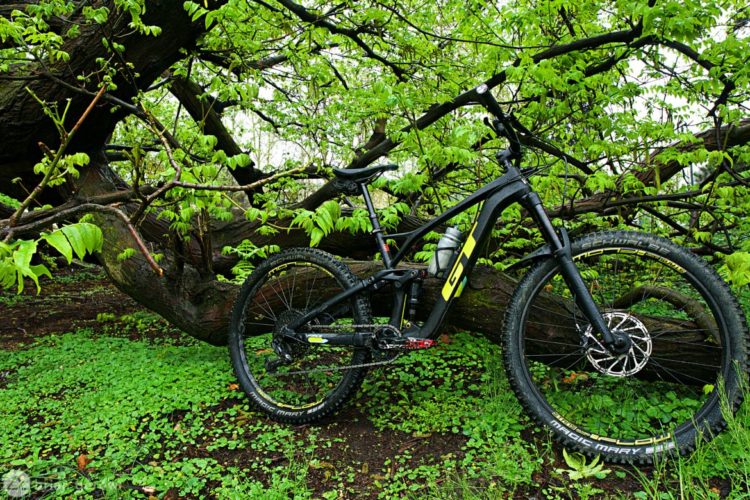
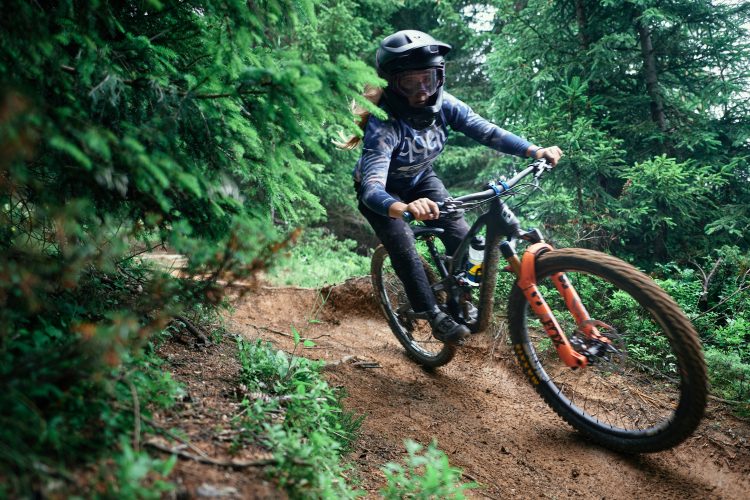






0 Comments